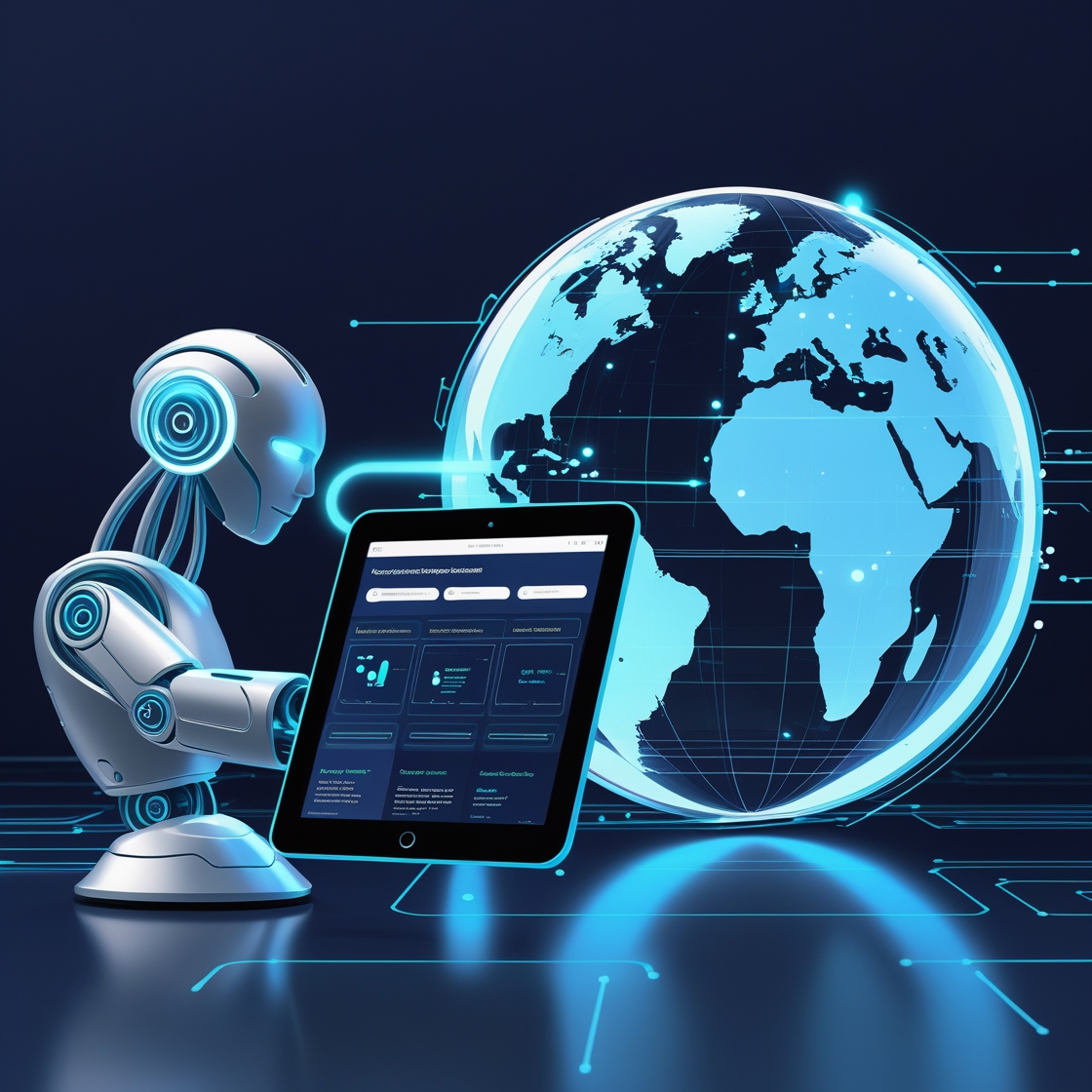Erome is a niche video-sharing platform designed specifically for creators seeking greater control and privacy over their content. It caters to a unique audience by offering a secure environment for uploading, organizing, and sharing videos and photos, often with adult or personalized themes. The platform stands out by allowing users to manage who views their content through private albums and permission-based controls, giving creators freedom and flexibility not found on many mainstream sites.
Users appreciate Erome for its minimal content restrictions and its focus on a community-driven experience. Unlike typical video platforms, it supports uncensored media and emphasizes artistic freedom, making it popular among creators who want to retain ownership and privacy over their work.
By providing features such as private galleries, password protections, and a straightforward user interface, Erome meets the needs of those looking to share both public and exclusive content in a safe, inclusive environment.
Understanding Eromw
Eromw represents a multifaceted concept that blends technology, cultural reflection, and adaptability. It has evolved to meet demands in digital communication, data management, and content engagement with practical applications.
Definition and Core Concepts
Eromw is a term that signifies innovation in data interaction and user experience. It integrates advanced algorithms with user-centric design to create platforms that cater to individual and organizational needs.
At its core, Eromw emphasizes adaptability and transformation. It captures the essence of flexibility in technology and communication, allowing systems and users to efficiently handle evolving digital environments.
This concept applies broadly across technology, psychology, and culture. Eromw often symbolizes ongoing reflection and change, highlighting its relevance in today’s fast-moving digital and social landscapes.
Historical Development
Eromw emerged from the convergence of evolving digital needs and cultural shifts. It gained traction as industries sought scalable architectures that enhance connectivity and streamline operations.
The increased focus on remote work and online interactions accelerated Eromw’s adoption. As companies embraced digital evolution, the concept became central to strategies in marketing, communication, and technology integration.
Over time, Eromw transitioned from a niche term to a recognized framework for enhancing user engagement. Its growth aligns with the rise of AI-driven platforms aiming for natural, context-aware interactions.
Key Features and Benefits
Eromw is designed with a scalable architecture that supports diverse user demands. Its primary features include advanced data management tools, seamless interaction platforms, and adaptable digital frameworks.
Benefits focus on improving efficiency and relevance. Eromw helps organizations deliver targeted, high-quality content, enhancing discoverability and user satisfaction across platforms.
Additionally, Eromw contributes to better machine learning through contextual understanding. It enables systems to recognize cultural nuances and evolving language, improving communication accuracy in applications like AI chatbots.
Applications of Eromw
Eromw is widely applied across various sectors to improve communication, data management, and operational efficiency. Its adaptability allows it to address specific industry needs, while also facing some practical challenges during implementation. It holds potential for further innovation and expansion.
Industry Use Cases
Eromw is used extensively in healthcare to streamline patient data sharing and improve remote consultations. In education, it facilitates virtual collaboration and personalized learning experiences. Corporate environments leverage Eromw to enhance teamwork through integrated communication platforms.
The technology supports sectors like digital marketing by boosting remote team productivity and enabling data-driven decisions. Its scalability and user-centric design make it suitable for both small businesses and large organizations aiming to improve internal processes.
Implementation Challenges
Implementing Eromw can encounter obstacles such as integration with existing legacy systems. Organizations often face a learning curve adapting to its advanced functionalities. Data privacy and security concerns require strict protocol adherence.
Resource allocation for training and technical support is essential for smooth adoption. Inconsistent infrastructure in some industries or regions can limit its effectiveness. Overcoming these challenges requires careful planning and continuous optimization.
Future Potential
Eromw’s future lies in expanding automation and AI integration to further reduce errors and improve user experience. Enhancements in scalability will allow greater customization for diverse industry needs.
Increasing its role in remote work and global collaboration is anticipated. Continued development may lead to new applications in emerging sectors like health tech and smart education systems. These advancements aim to make Eromw a central tool in digital transformation.
